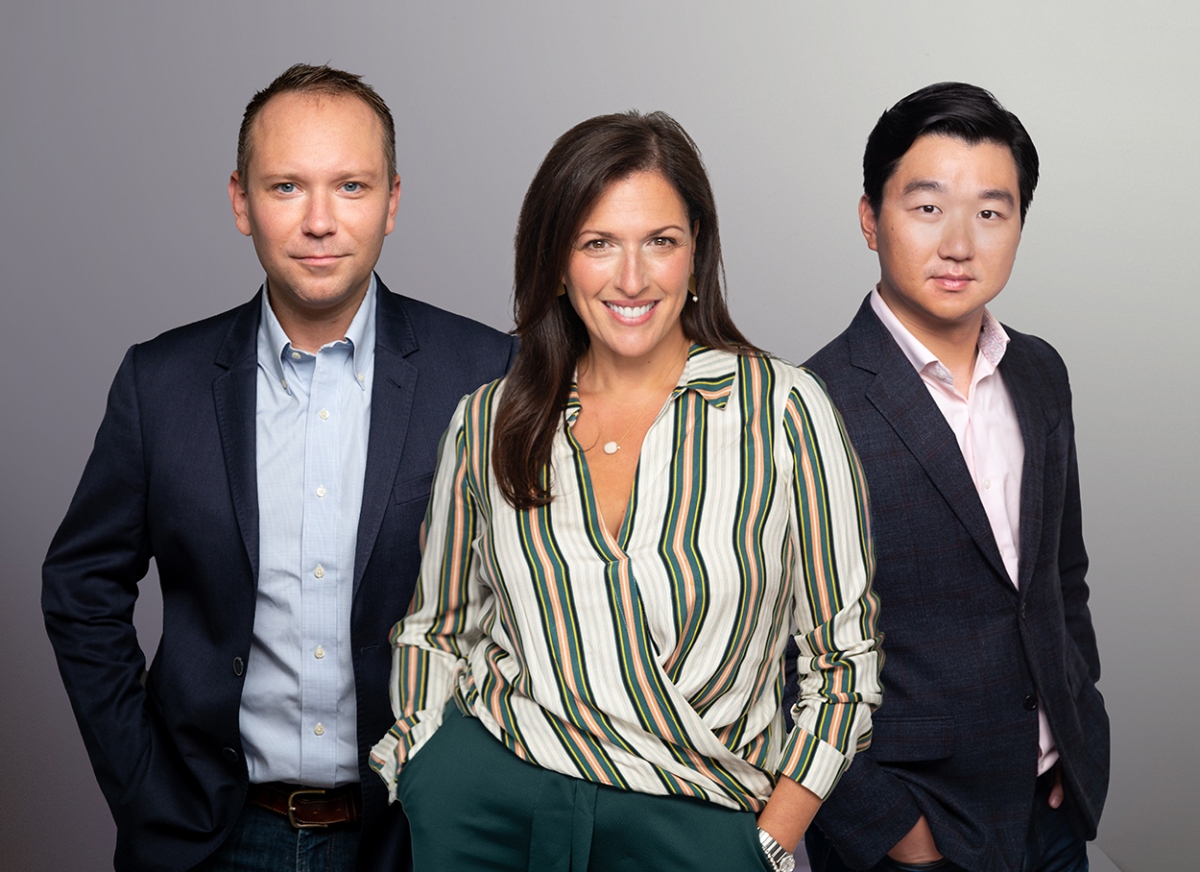Laika laps up $50M for its automated security compliance platform • ZebethMedia
Compliance with privacy and security frameworks like SOC 2, HIPAA and GDPR has become a central component not just of how organizations build trust with their users, but of how organizations work together these days: fail to meet the requirements of these frameworks, and you might lose your business relationship. Today, Laika — one of the bigger startups providing tools to help meet those compliance demands — is announcing $50 million in funding, underscoring the growth in this space. Laika will be using the equity, a Series C, to continue expanding the functionality of its platform and its wider business funnel. Laika today has some 500 customers, with that number growing four-fold in the last 12 months; and it provides integrations for some 100 different software packages to measure how client compliance stacks up across them, with tools including integrated audits, penetration testing and security questionnaires (which are using in RFPs and due diligence ahead of securing contracts). In an interview, Austin Ogilvie, Laika’s co-founder and co-CEO, said the plan will be to expand in both customer numbers and the number of sources Laika can tap to measure data protection and other compliance metrics across an organization’s wider digital footprint. Fin Capital is leading this round, with new backers Centana Growth Partners and previous investors J.P. Morgan Growth Equity Partners, Canapi, and ThirdPrime all also participating, among others not being named. Other notable past investors have included some very big names in the world of fintech, including PayPal, and fintech specialist VCs NYCA and Dash Fund — a fuller list that points to Laika’s traction in financial services in particular. The finance sector has for years at this point been a significant user of compliance software for regulatory and business reasons. But, as Ogilvie pointed out to me, we are long past the point of financial companies being the primary users of compliance tools: that is one reason why growth is motoring along for companies like Laika right now, and why Laika specifically is able to raise a decent round at a time when funding is much harder to come by for startups. On top of this, combined with Laika’s other co-founders Sam Li and Eva Pittas (respectively the co-CEO and COO, with all three pictured above), the three have collective exposure and experience across insurance, data science and risk protection that speaks to the bigger opportunity that the company is tackling. Including this latest Series C, Laika has now raised $98 million in total. While it’s not disclosing valuation, Ogilvie confirmed it was a “healthy step up” from its Series B, which PitchBook notes was $235 million post-money when that closed in 2021. (In other words it’s now more than $335 million.) For a little more context, two of Laika’s close competitors in the world of monitoring data protection compliance, Vanta and Drata, each raised rounds this year that valued them at or just above $1 billion. (See here and here.) Laika’s growing coffers come at a timely moment, and that’s not just because its competitors are also raising. First, the number of compliance frameworks being formed globally is growing; and second, the bigger an organization or its operations, the more complicated the task of ensuring compliance becomes. “Compliance has been a top for at least the last 10 years, but it’s really dialed up in the last three, where there has been just an explosion of these, some regulatory but others like PCI just a non-option when it comes to compliance,” Ogilvie said. “If you sell or work with any brand of consequence, they will do due diligence that includes security assessments, and you also have to demonstrate that you are continuously operating according to those principles.” The biggest customers might have as many as 5,000 vendors that need to be assessed and regularly audited, a task in itself that necessitates automation and a platform approach. But smaller organizations need software, too, often for a slightly different set of reasons, he said. “Some come to us having never needed to look at this. Using Laika will be the first time seeing security assessment document,” Ogilvie said. Others might be using Laika in place of having adequate staff or infosec teams in-house to monitor and maintain these data relationships. Covid, he added, increased the need for these tools, with more working remotely and in the cloud typically needing more apps and more generally a different kind of security and data protection environment. There are a number of compliance tools in the market today — no surprise considering the ever-persistent cybersecurity threats and a growing awareness among regulators and the general public of data protection. Even before Covid really became a vector, the industry was already worth some $32 billion annually. That number is projected to reach nearly $75 billion by 2028. Investors say that Laika — named after the Russian dog, the first non-human sent into space, and a “gentle nod towards pioneering and exploration,” said Ogilvie — stands out by being one of the easier tools to adopt and regularly use. “Laika has filled a unique gap in the rapidly-growing compliance automation and audit management space, by providing the only comprehensive, centralized compliance platform,” said Christian Ostberg, a partner at Fin Capital, in a statement. “By combining automation of InfoSec workflows with the integrated, tech-enabled audits, Laika has set themselves as the clear market leader shaping this fast-growing category.”









